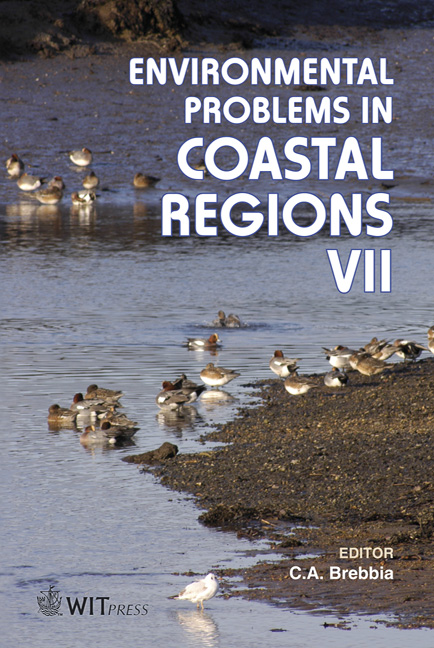Characteristics Of Beach Profiles And Bar Formation Changes Along The Coasts Of Hokkaido
Price
Free (open access)
Transaction
Volume
99
Pages
10
Page Range
189 - 198
Published
2008
Size
872 kb
Paper DOI
10.2495/CENV080181
Copyright
WIT Press
Author(s)
H. Gotoh, M. Takezawa & S. Tomaki
Abstract
This study presents the characteristics of cross-sectional beach topographical features facing the Pacific Ocean, the Japan Sea, and the Ohotsuku Sea around the island of Hokkaido, Japan. Generally, given the numerous phenomena affecting both alongshore and offshore sediment transport, it is difficult to systematically characterize changes in the topography of coastal features. Nonetheless, the construction of maritime structures requires that a method for expressing complex beach topographies be developed. It is therefore necessary to develop an integrated quantitative methodology to characterize coastal topography. In this study, we have attempted to clarify the cross-sectional topographic characteristics of beaches using survey data. In addition, differences in the characteristics of the coastlines facing the Pacific Ocean, the Japan Sea, and the Ohotsuku Sea in Hokkaido are presented, and an attempt is made to express complex beach topography using fractals. The values calculated for the fractal dimension provide evidence for the existence of self-similarity among the beach topographies examined. Keywords: cross-sectional beach topography, bar, stable point, self-similarity, fractal dimension. 1 Introduction The island of Hokkaido is surrounded by the Pacific Ocean, the Japan Sea, and the Ohotsuku Sea (Figure 1). The coastline of Hokkaido is approximately 2767
Keywords
cross-sectional beach topography, bar, stable point, self-similarity, fractal dimension.





